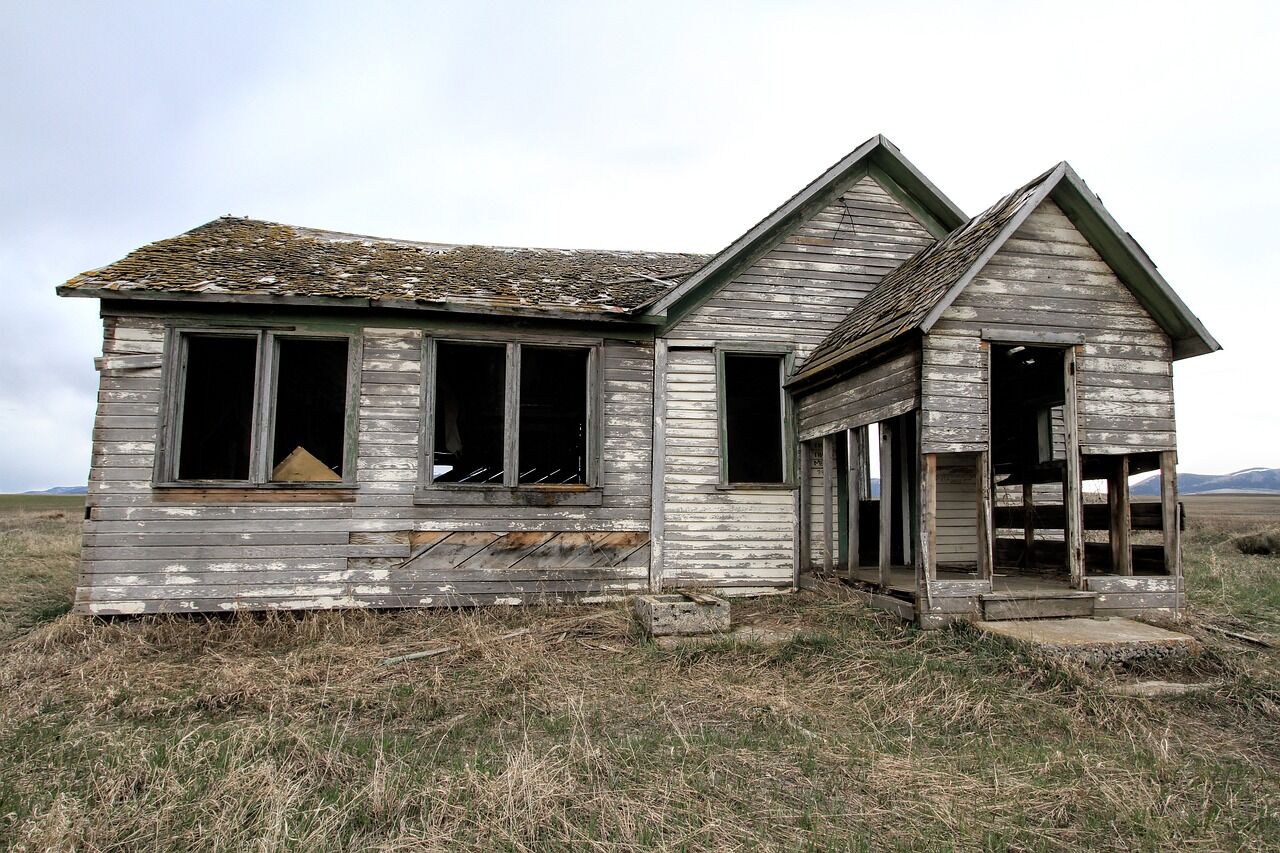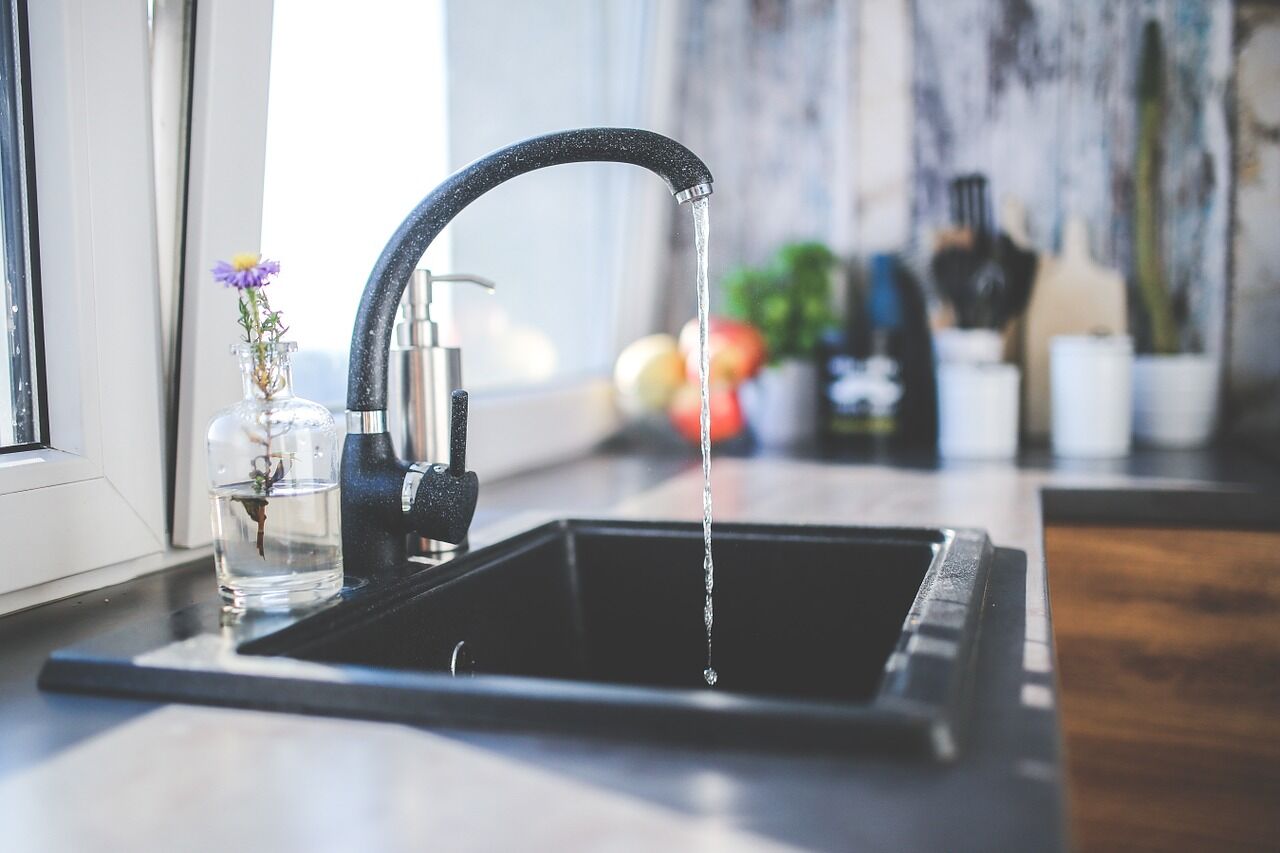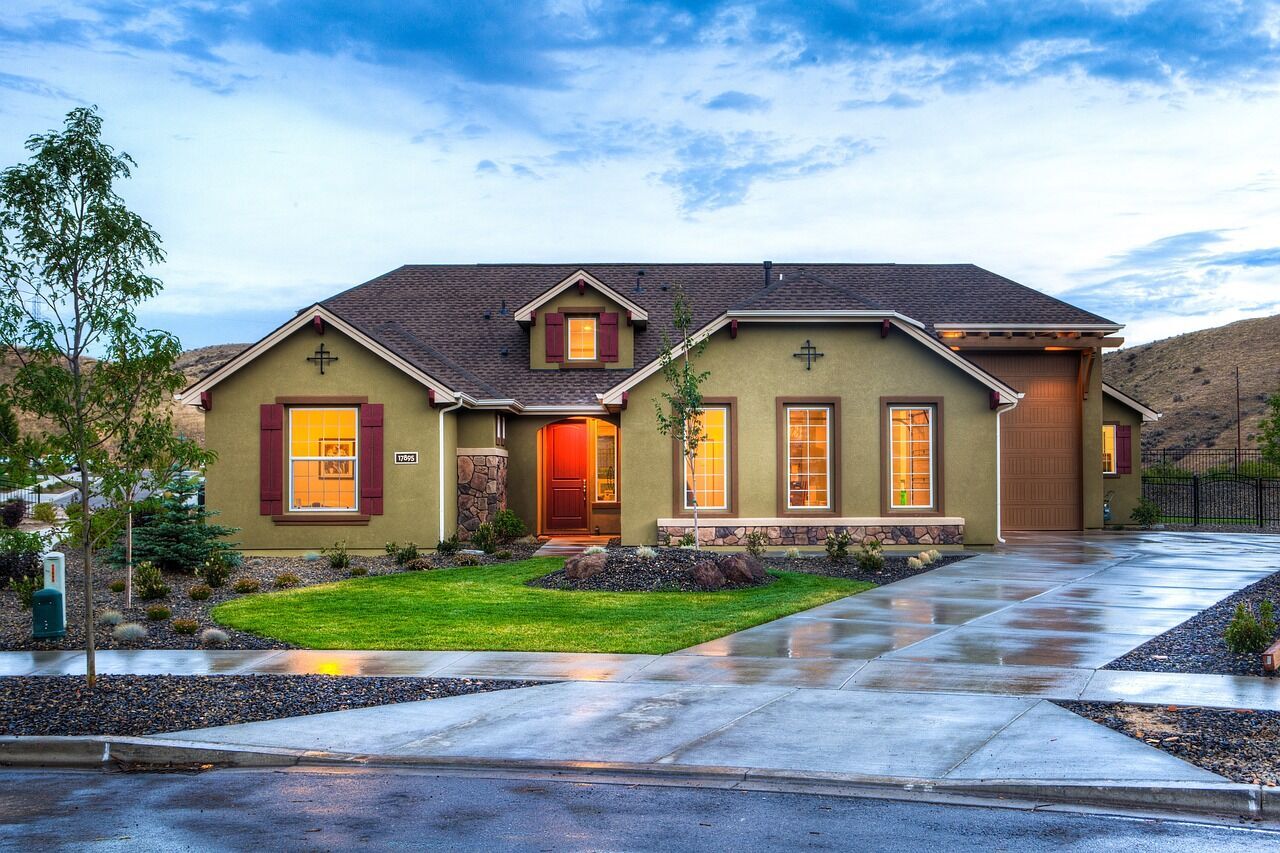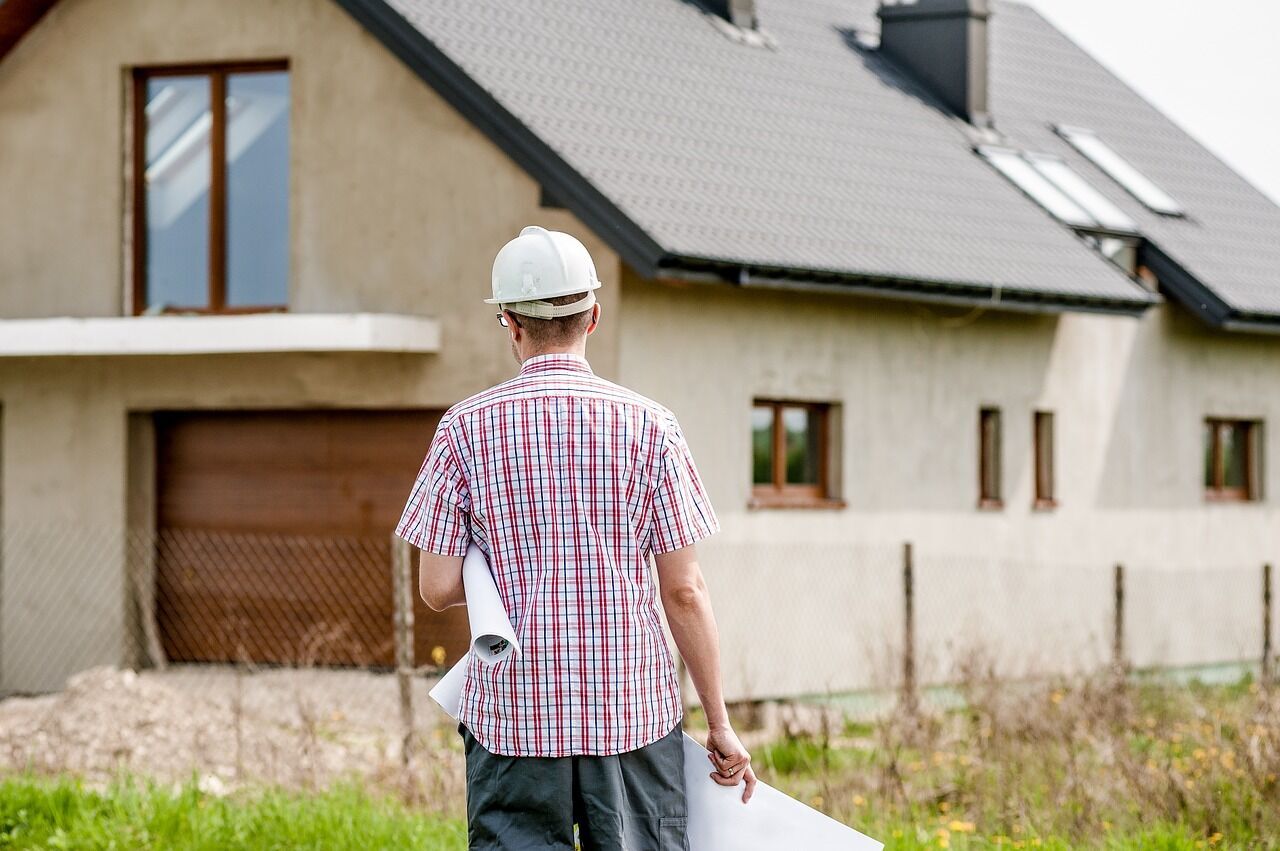If you are considering buying an old house, then you need to think about the electrical problems that you may be purchasing. Modern Americans as used to using reliable electricity. However, many homes constructed a long time ago had less reliable electricity. If you are considering buying an old home, inspect it for the common […]
Category: How To (How I Did)
You could call this a How To – but people often tell me I did it wrong – now to be fair you can’t really tell me I can’t do it that way, when the video shows I actually DID do it that way – so to cool down the hateraide – lets just call this HOW I DID
How to Make a Roof Top, Pressurized, Solar Heated Shower: H2OT
I saw this over design for a solar heated shower at instructables, and though, man I have to make this. I am not going to go line for line from the instructable, you can visit it at the link above, but this guy has a genus solution to a problem I have dealt with […]
DIY Plumbing: How to Take Care of Faucets and Fixtures
This guest post shows how to take care of your faucets and fixtures, mostly by cleaning, but it has a few other DIY tips that are helpful also. You have faucets and fixtures in places like your kitchen and bathrooms. You might even have them in your laundry room too. As with most components of […]
Old Home Renovations: 3 Signs it is Time to Update the Driveway
Today I have a guest post that outlines 3 Signs it is Time to Update the Driveway of your home. I admit I have a couple of these at my place. If your home’s driveway could talk, it would probably plead for a complete overhaul long before you would likely think it needs more than […]
Avoiding Contractor Fraud as Incidents Increase
Over the last several years, contractor fraud in the construction industry has increased significantly, leaving many homeowners and business owners at a steep financial loss. Contractors are an integral part of the construction business, but as more contractors go rogue and fail to perform the work they promised, reputable construction companies and individual contractors take […]





